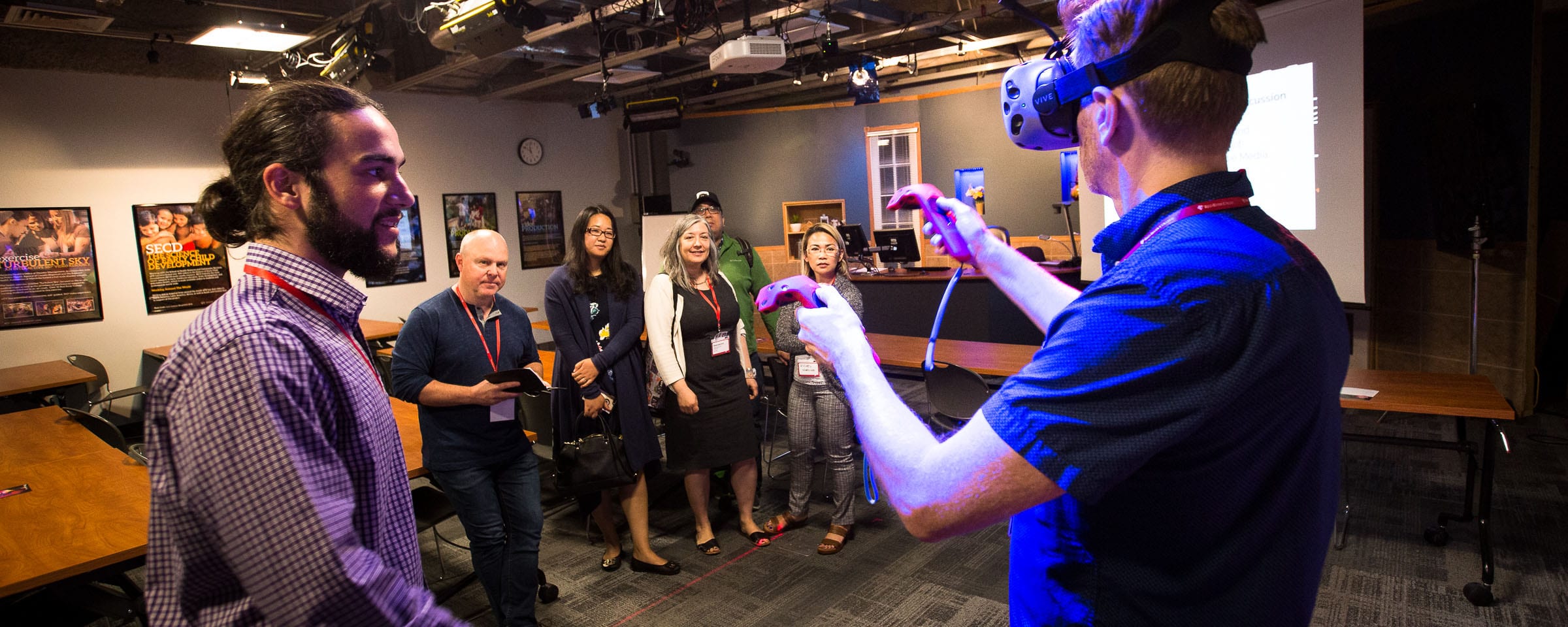“Agile” Instructional Design

By Mountain Goat Software (Mountain Goat Software) [CC BY 2.5 (http://creativecommons.org/licenses/by/2.5)], via Wikimedia Commons
There is a growing interest in all things “Agile”, including in the learning design space. Purists reserve the Agile label for a set of lean project management methodologies and tools (e.g. scrum), while the instructional design community often expresses agility in other terms. Courses and workshops that apply Agile principles to instructional design are still scarce, but the discussion in eLearning circles is vibrant and should result in a broader suite of offerings over the next couple of years. One good example is the Masie Learning Consortium’s On-the-Job Learning (OJL) LAB & Seminar led by Bob Mosher & Conrad Gottfredson. Though by no means mutually exclusive, they are nonetheless different perspectives on agility, nicely summarized by Megan Torrence in her post, All Around Agility, which I expand upon below.
Content Agility
Some designers refer to a set of learning materials that can be delivered in multiple learning formats as content agility. These “write once, publish many” models strive to design a content framework that is flexible enough to enable delivery in a variety of formats: face-to-face, synchronous or asynchronous online, or blended. This expression of Agile seeks to make content delivery-mode agnostic: ready to be deployed to suit the learner’s (or instructor’s) delivery preference.
Learning Agility
Korn/Ferry’s term for “the willingness and ability to learn from experience and then apply those lessons to succeed in new situations”[1] expresses what many consider to be essential for effective leadership in a world of rapid and continuous change. Though the concept of learning agility developed out of the business world as a personal trait associated with success in leadership positions, it has clear implications for learning design. “While some aspects of learning agility are reliant on individual traits that may not be easily changed, other aspects can be developed and improved.”[2] Instruction design that considers Rego’s four ways of learning[3]: codified knowledge (books, classes), learning from others (mentors, coaches, teachers), direct experience (trial and error), and reflection (meditation, journaling, a warm bath).
Agile Instructional/Learning Design
 A.G.I.L.E. is a hybrid five-step Agile Project Management methodology developed by Dr. Conrad Gottfredson. The first two steps, Align and Get set, identify and validate business performance needs and define requirements for learning and performance interventions[4]. The last three steps, Iterate and Implement, Leverage, and Evaluate, make up the iterative component of the system that releases targeted deliverables in small and rapid batches.
A.G.I.L.E. is a hybrid five-step Agile Project Management methodology developed by Dr. Conrad Gottfredson. The first two steps, Align and Get set, identify and validate business performance needs and define requirements for learning and performance interventions[4]. The last three steps, Iterate and Implement, Leverage, and Evaluate, make up the iterative component of the system that releases targeted deliverables in small and rapid batches.
Agile eLearning Project Management
With its roots in software development, what is often referred to as Agile eLearning Project Management encompasses a number of expressions of the Agile project management approach pioneered in software development. It is a broad label for an iterative approach to managing the eLearning creative process in which team members experiment and observe to improve the product as it is developed. Quite often adapted from the traditional ADDIE model (Analyze, Design, Develop, Implement, Evaluate), it is particularly well suited to projects whose inputs and outputs are well known in advance. As is true in software development, the constant feedback we gain from short cycles delivering usable content can’t help but increase the chances of delivering a better product.
“Agile project management works well when the design and development involves creative and complex decisions, when the specifications may not be well defined, and when the extended project team (including subject matter experts, learners, and project sponsors) expects the underlying business need may change. To handle all this change, the Agile project management approach builds deliverables in small increments, releases usable products frequently, and utilizes those releases to gather feedback early and often.”[5]
Bottom Line
There is a lot we can apply from these various expressions of Agile. And it does not mean that you have to choose between ADDIE and Agile. A happy marriage of the two can yield impressive results. They key take-aways are short, iterative cycles, and constant involvement and feedback from stakeholders.
[1] http://www.kornferryinstitute.com/sites/all/files//documents/briefings-magazine-download/What%27s%20Smarter%20than%20IQ%3F%20Learning%20Agility.%20It%E2%80%99s%20No.1%20%E2%80%93%20above%20intelligence%20and%20education%20%E2%80%93%20in%20predicting%20leadership%20success.%20.pdf
[2] http://www.siop.org/WhitePapers/Visibility/LearningAgility.pdf
[3] http://www.businessworld.in/news/web-exclusives/expanding-the-learning-curve/372752/page-1.html
[4] http://www.learningsolutionsmag.com/articles/1346/effective-performance-with-agile-instructional-design
[5] http://www.trainingmag.com/trgmag-article/all-around-agility
